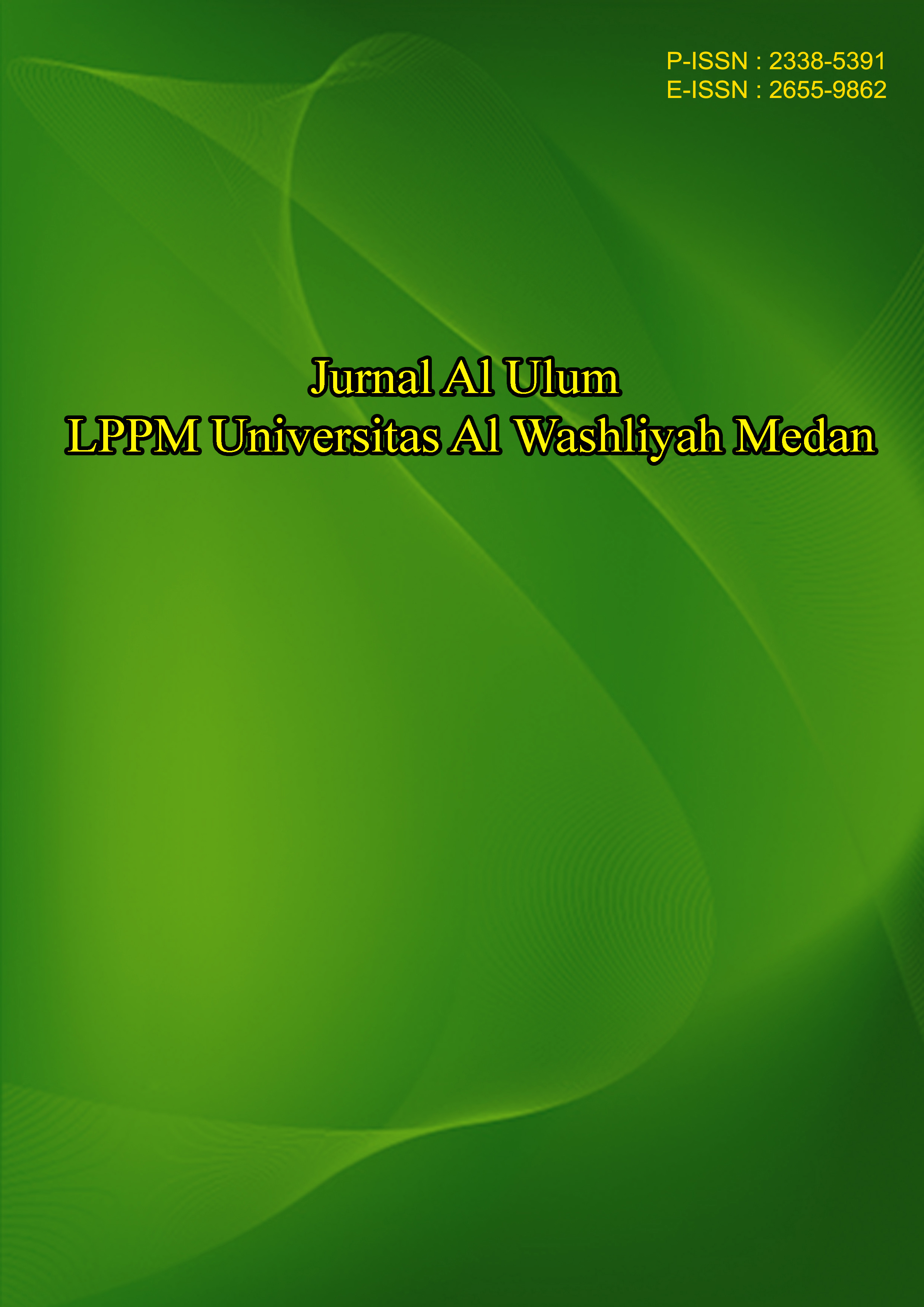MENGELOLA RISIKO PERUBAHAN IKLIM PADA AIR IRIGASI DI DAERAH KERING
DOI:
https://doi.org/10.47662/alulum.v13i1.819Keywords:
Risk Management, Climate change, Dry areas, Monte Carlo SimulationAbstract
Changes in temperature, precipitation, atmospheric carbon dioxide, or abnormal solar radiation are examples of climate changes that can affect irrigation water needs. Reduced river runoff and aquifer recharge in the Mediterranean basin are also likely to exacerbate water scarcity in existing arid environments This study aims to propose a systematic approach to identifying, analyzing, and responding to climate change risks to irrigation water in dry areas using the Risk Management process.
The scope of this study is to use Monte Carlo simulation to manage climate change risks to irrigation water in dry areas. The first research method used is to make a list of identified climate change risks. Conduct qualitative and quantitative analysis of the identified risks and make responses to the identified risks. The results of the quantitative risk analysis indicate that crop production losses due to climate change are estimated at 69%, 57%, and 45% at 90%, 50%, and 10% confidence levels, respectively. The last phase of the risk management process is risk response. The proposed responses to climate change risks include strategies to avoid, transfer, mitigate, and/or accept these risks. This study has made three contributions. First, it adopts a well-known risk management methodology in climate change studies. Second, it measures the combined impact of climate change risks on irrigation water in dry areas. Third, it recommends a series of response strategies to help policymakers mitigate the adverse impacts of climate change on irrigation water.
References
ADB. (2020). Climate change risk and adaptation assessment for irrigation in southern vietnam water eiciency improvement in drought-afected provinces. Vietnam: ADB.
Aliyari F, Bailey RT, Arabi M (2021). Appraising climate change impacts on future water resources and agricultural productivity in agro-urban river basins. Sci Total Environ, 788(147717).
Amer M, Wahed O, Abd-Elhamid H, El-Nashar W (2020) Managing risks of water and soil salinity on
Ebi, K. (2022). Managing climate change risks is imperative for human health. Nat Rev Nephrol, 18:74–75.
Esteve P, Varela-Ortega C, Blanco-Gutiérrez I, Downing T (2015) A hydro-economic model for the assessment of climate change impacts and adaptation in irrigated agriculture. Ecol Econ 120:49–58
Liu Z, Herman J, Huang G, Kadir T, Dahlke (2021). Identifying climate change impacts on surface water. California. Sci Total Environ, 759(10).
Mostafa S, Wahed O, El-Nashar W, El-Marsafawy S, Abd-Elhamid H (2021a). Impact of climate change on water resources and crop yield in the Middle Egypt Region. J Water Supply Res Technol AQUA, 70(7):1066–1084.
Mostafa S, Wahed O, El-Nashar W, El-Marsafawy S, Zele?áková M, Abd-Elhamid H (2021b). Potential climate. Water, 13(12).
Nkurunziza L, Kuyah S, Nyawira S, Ng’ang’a S, Musei S, Chirinda N, Karugu W, Smucker A, Öborn I (2020). Reducing climate risks by improving food production and value chains: a case of sandy soils in Semi-arid Kenya. Front Clin, 3(766583).
Nurzanah, Wiwin & Dewi, Irma. (2024). Bahan Limbah Alami Sebagai Bio-Koagulan Pengolahan Air Limbah Domestik. Al Ulum. 12:2-121
PMI. (2019). The standard for risk management in portfolios, programs, and projects. Project Management Institute, Inc.
Shayanmehr S, Henneberry S, Sabouni M, Foroushani N (2020). Climate change and sustainability of crop yield in dry regions food insecurity. . Sustainability , 12(23).
Sohail M, Elkaeed E, Irfan M, Acevedo-Duque A, Mustafa S (2022). Determining Farmers’ Awareness About Climate Change Mitigation and Wastewater Irrigation: A Pathway Toward Green and Sustainable Development. Front Environ Sci , 10(900193).
Downloads
Published
Issue
Section
License
Copyright (c) 2025 Wiwin Nurzanah, Yunita Pane, Irma Dewi

This work is licensed under a Creative Commons Attribution 4.0 International License.









